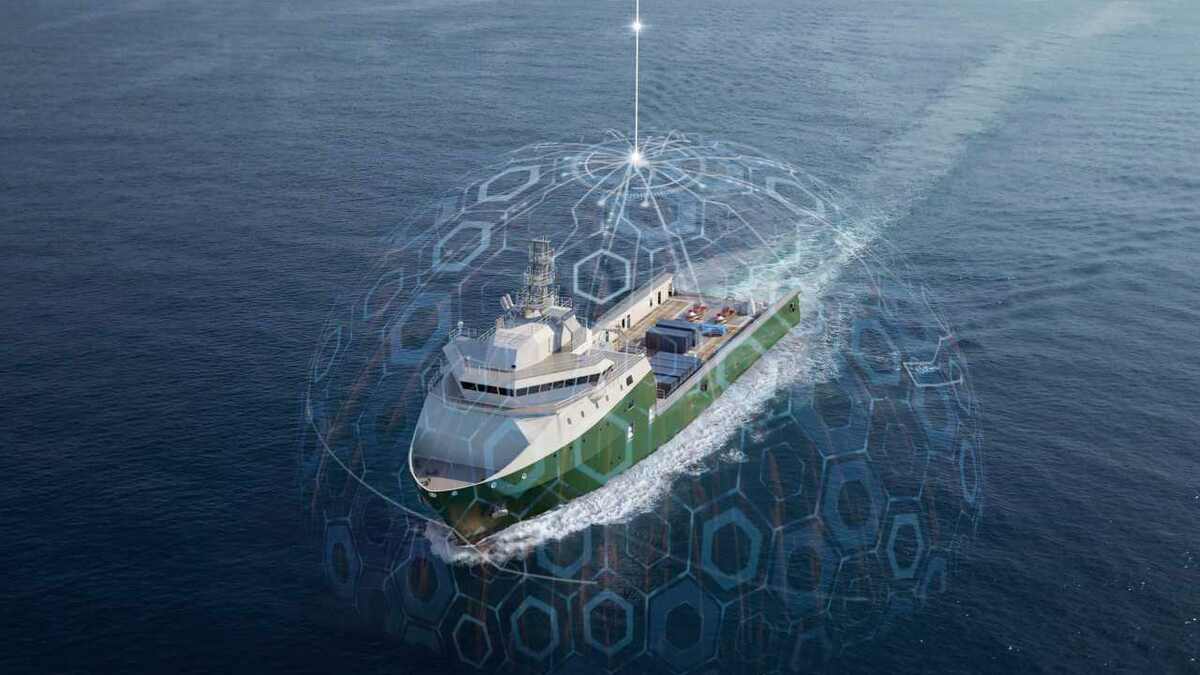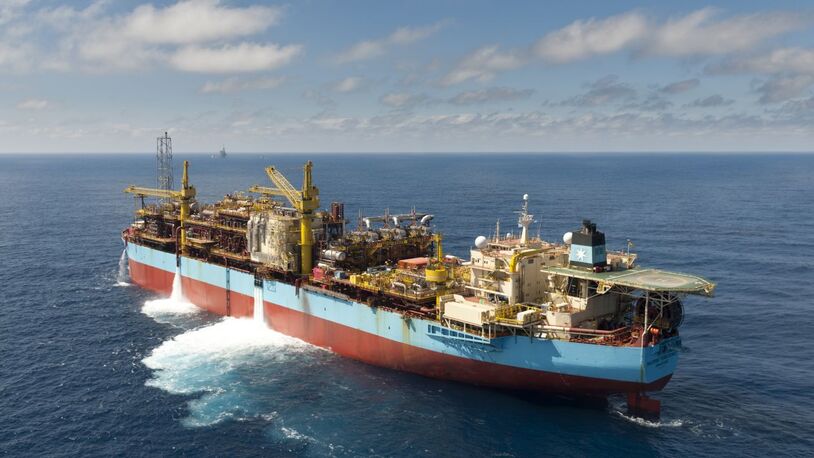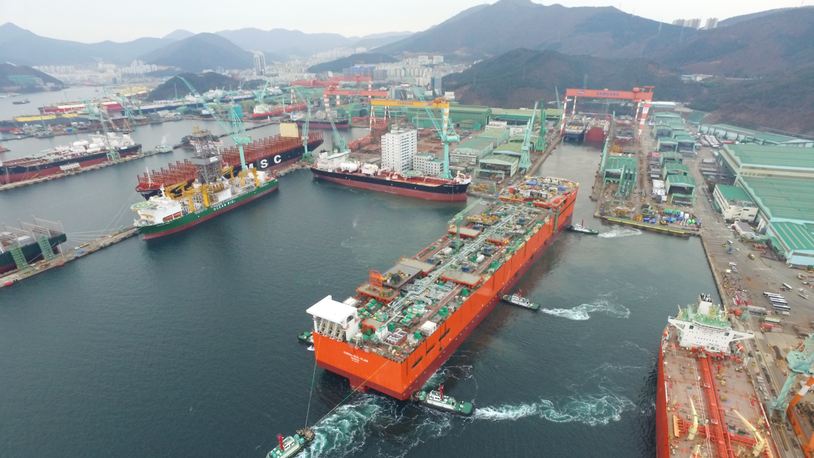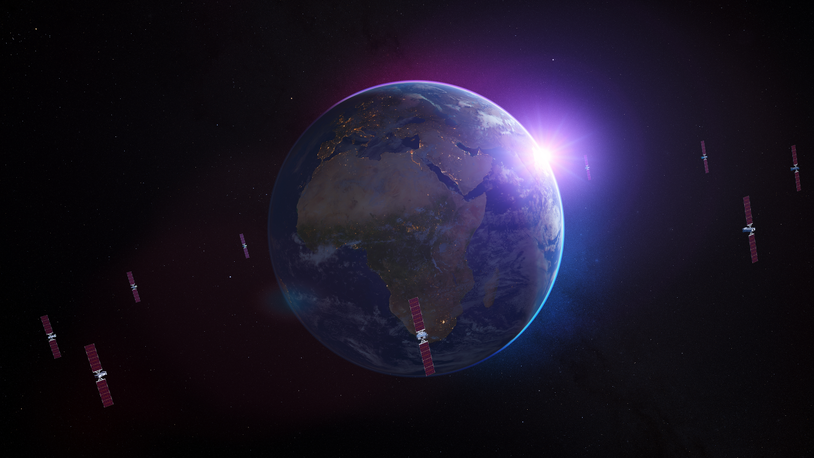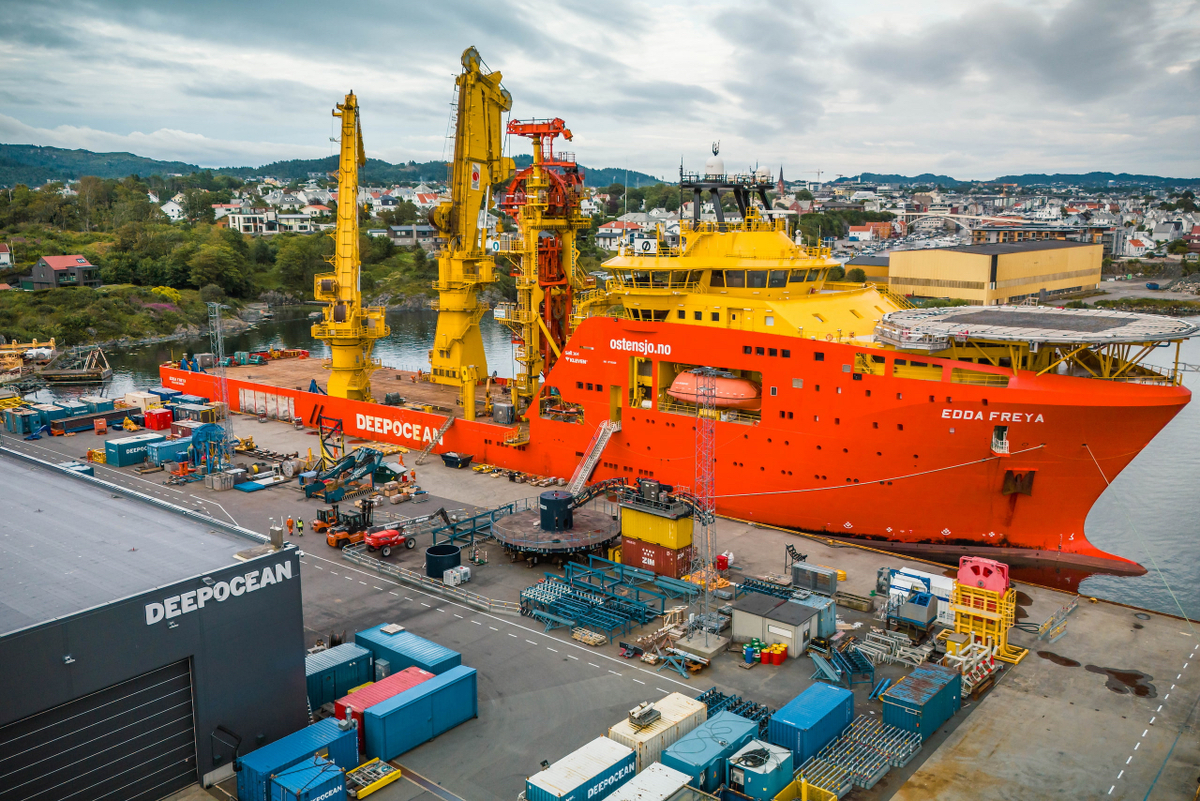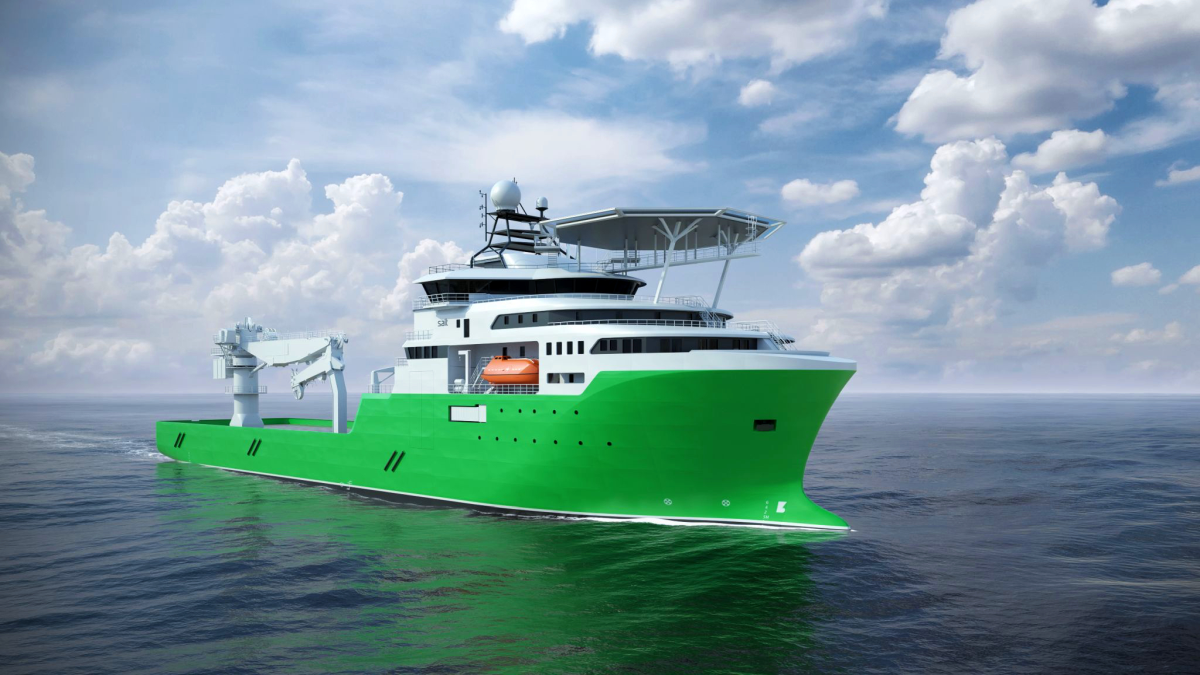Business Sectors
Events
Contents
Combining VSAT with 4G for offshore vessel connectivity
Offshore support vessels will gain faster connectivity using both satellites and fibre networks in the North Sea
Satellite operator Inmarsat and wireless communications specialist Tampnet have agreed to offer a combined service for offshore support vessel (OSV) communications.
Inmarsat has launched Fleet LTE [long term evolution to 4G] services that connect to the Global Xpress constellation of satellites, wireless and fibre-based communications networks.
Fleet LTE uses Inmarsat’s constellation of Ka-band satellites and its continuous L-band connectivity for the Fleet Xpress maritime VSAT service.
It also links to the Tampnet North Sea LTE network that uses high-speed 4G wireless communications. Tampnet built this 4G connectivity with base stations on multiple oil and gas production platforms in the North, Norwegian and Barents seas connected to shore through a 3,000-km network of subsea fibre optic cables.
These communications are primarily aimed at offshore support vessel operators, but could also be used by fishing vessels and ferries operating in the area.
Fleet LTE uses low-latency, high-speed data communications available via a dedicated access point name and Ka-band and L-band satellite terminals.
Inmarsat Maritime vice president for offshore and fishing Eric Griffin expects this connectivity will be used for real-time data and video communications from vessels to shore. “As demand for data continues to grow, low-latency LTE bandwidth and satellite connectivity play crucial roles,” he said. “Especially in the realm of high-stakes decision making where real-time action is needed, such as for remotely operated vehicles or securing details on seabed conditions.
“Being able to exploit business-critical decision making tools helps operators to cut non-productive operational time,” Mr Griffin said.
This three-in-one service delivers 4G and VSAT Ka-band and L-band without dual billing or risking connectivity drop-off.
Tampnet chief executive Per Helge Svensson said this LTE service could be expanded to other regions where there are fibre networks and LTE base stations.
“Inmarsat provide services to large fleets of offshore vessels that fall in our LTE network footprint,” he said.
“The North Sea is a natural starting point, but we are also keen to explore how we can work with Inmarsat in other regions where Tampnet is present such as the Gulf of Mexico.”
Inmarsat Fleet LTE is available in a range of service bands that deliver data speeds of up to 40 Mbps with round-trip-delay of around 35-40 milliseconds.
However, when LTE is not available, services automatically switch over to Ka-band Fleet Xpress committed information rates, with continuous back-up from L-band FleetBroadband.
- Satellite launched to enable terabyte ship connectivity
- Partnership will deliver VSAT of the future
- How to secure reliable offshore internet connectivity
Service transition between LTE and VSAT is fully automated, with routeing depending on data needs and network conditions.
Vessels only need to add two LTE antenna and a modem on deck to enable the upgrade.
“Inmarsat Fleet LTE also comes without hidden costs and offers owners plan flexibility to support business demand from third parties,” said Mr Griffin.
“Owners can choose from various LTE plans up to 40 Mbps, upgrade and downgrade between packages without additional fees, and choose separated dedicated bandwidth plans for charterers.”
He said the recovering offshore market conditions persuaded Inmarsat to include this value-added LTE proposition for vessel owners.
“As a service provider also offering failsafe connectivity via L-band for maritime safety, guaranteeing resiliency and performance whether vessels are on station or moving to or from shore are first principles for Inmarsat,” said Mr Griffin.
Connectivity and communications technology will be discussed at Riviera Maritime Media’s Annual Offshore Support Journal Conference in February 2020 in London.
Related to this Story
Events
Offshore Support Journal Conference, Americas 2025
LNG Shipping & Terminals Conference 2025
Vessel Optimisation Webinar Week
© 2024 Riviera Maritime Media Ltd.


